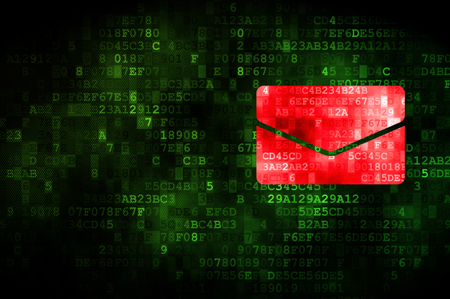In previous articles, I’ve written about the death of the email newsletter. These articles have explored the growing number of trigger or event based messages, which are being delivered in real-time based on consumers’ online interactions, and time-specific events that provide a specific context for a brand to interact with its customers.
What’s more, trigger-based messaging most often delivers far higher conversion rates as a result of their increased relevance.
With consumers engaging with brands over an increasing number of media touch points, brands are responding by upping the number of trigger emails they are sending to their customers’ inboxes. This is in a bid to address a specific user requirement with more timely one-to-one messages than your typical email newsletter. What’s more, trigger-based messaging most often delivers far higher conversion rates as a result of their increased relevance.
Whilst this certainly helps to maintain the use of email for relevant and timely communication, the automation of the email process in this way can sometimes serve to undermine brand values. Delivering stale, uninteresting email content that is devoid of the brand’s character or personality that the consumer first fell in love with could leave the user with a cold, emotionless experience. With this in mind, I’ve compiled a few tips on how marketers can really get the most of their email triggers:
1. Don’t forget about personalisation
If a user has interacted with your brand on your website (i.e. through initial newsletter registration) – as much useful information should be gathered and used to personalise their initial experience and re-enforce the reasons why that consumer was compelled to register in the first place.
2. Don’t lose your personality through automated emails
Even if your content is personalised in view of profile characteristics and user-requested content, brands should make sure they refresh automated email content. It’s easy to forget about these messages.
3. Remember to make use of the subject line
Reminder messages or admin messages don’t have to sound monotone. Use them as an opportunity to stand out from the crowd, inject your brand’s personality and be memorable.
4. Periodically review the content in email triggers
I’ve heard of horror stories where brands have gone through several re-designs before remembering to update their welcome trigger content – often suffering from low engagement after new user registration.
5. Don’t miss out on opportunities to create events for trigger messaging
Ask users about particular events they’d like specific information on and they will respond (or create opt-in points around website interactions). Through our lead generation program – we see preference centre completion rates of up to 85%. Capturing detailed information about users likes and dislikes will massively help you to personalise content and increase relevance.
6. Remember to make sure that triggers are future proof
Don’t assume that personalising communications (i.e. a birthday message) with content that was relevant a year ago on the basis that they will be interested in the same product a year down the line (unless it is seasonal of course).
7. Use social triggers to drive engagement (if relevant)
Being able to leverage the likes/dislikes of a consumer peer group, whether directly or indirectly is a great way of delivering messaging triggered by other like-minded individuals. Consider the FOMO (Fear of Missing Out) effect and how it has driven the success of Facebook, Twitter and LinkedIn messaging. Although this might not be possible for some retailers, highlighting what other peers are buying or reading on your website can spur on customer engagement.
8. Triggers should be designed around your customer journey
They should reflect different user behaviours throughout the customer journey and should plan for a particular outcome. The best way to do this is to create a visual flow diagram. This is the first step in ensuring your trigger messages are properly integrated with your customer communication strategy – vitally important to ensure synchronicity across all marketing channels.
9. Focus the use of triggers on simple quick wins
The value of trigger messages is that they are simple, quick and provide a functional value to the consumer. As such, consumers need to appreciate the value in receiving these emails and be looking out for them to drop in to their inbox. It’s worth reviewing simple admin triggers to look for quick opportunities to cross and upsell.
10. Look for more innovative ways of creating triggers
Consumers come to expect many admin-based triggers or confirmation messages but will appreciate other ways in which a retailer can help aid their decision making process. Very often retailers use triggers after a sale occurs and miss the opportunity to use triggers before a consumer becomes a customer. Examples can include: Wishlist/Basket reminders, Tell Me More, Recently Browsed, More Like This, Inspire Me/Recommend a Product – all of which create additional opportunities to grow your newsletter base and increase the opportunity to drive sales conversion.






